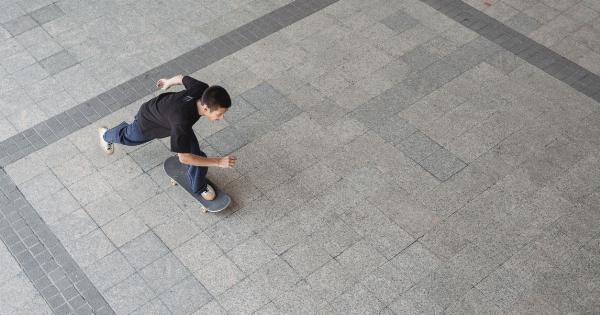Orthostatic hypotension (OH) is a condition in which a person experiences a sudden drop in blood pressure when standing up after sitting or lying down.
OH occurs as a result of impaired cardiovascular function, which affects the body’s ability to regulate blood pressure. OH can affect individuals of all ages and can have a significant impact on their quality of life. In this article, we will explore the causes and symptoms of OH, as well as its impact on cardiovascular function and the body as a whole.
Causes of Orthostatic Hypotension
OH can be caused by a variety of factors, including certain medications, dehydration, and neurological disorders.
Medications such as diuretics and blood pressure medications can cause OH by reducing blood volume and affecting the body’s ability to regulate blood pressure. Dehydration can also lead to OH, as it reduces blood volume and makes it more difficult for the body to maintain blood pressure.
Neurological disorders such as Parkinson’s disease and multiple system atrophy can also lead to OH, as they can damage the nerves that control blood pressure.
Symptoms of Orthostatic Hypotension
The most common symptom of OH is dizziness or lightheadedness when standing up. Other symptoms may include fainting, blurred vision, and nausea.
Symptoms of OH can range from mild to severe, and can have a significant impact on an individual’s ability to carry out daily activities.
Impact on Cardiovascular Function
OH can have a significant impact on cardiovascular function, as it affects the body’s ability to maintain blood pressure. When an individual stands up, gravity pulls blood down to the legs, which can cause a temporary drop in blood pressure.
In individuals with OH, this drop in blood pressure is not compensated for by the body, which can lead to reduced blood flow to vital organs such as the brain and heart. This can put these organs at risk for damage or dysfunction.
Impact on the Body
OH can also have a significant impact on the body as a whole. Reduced blood flow to the brain can cause symptoms such as dizziness, lightheadedness, and fainting.
Reduced blood flow to the heart can lead to chest pain and an increased risk for heart attack. OH can also lead to falls and other injuries, particularly in older adults.
Diagnosis and Treatment of Orthostatic Hypotension
To diagnose OH, a healthcare provider will typically measure an individual’s blood pressure while lying down, sitting, and standing. If there is a significant drop in blood pressure when standing up, OH may be diagnosed.
Treatment for OH may include medication adjustments, increasing fluid intake, and implementing lifestyle changes such as wearing compression stockings. In severe cases, medications that increase blood pressure may be prescribed.
Preventing Orthostatic Hypotension
There are several steps individuals can take to prevent OH. Staying hydrated, especially during hot weather or when exercising, can help prevent OH. Avoiding sudden changes in position, such as standing up quickly, can also help prevent OH.
Avoiding alcohol and certain medications that can cause OH is also important. For individuals with neurological disorders, following your healthcare provider’s recommended treatment plan is essential to managing symptoms of OH.
Conclusion
OH is a condition that can have a significant impact on cardiovascular function and the body as a whole. It is important for individuals to be aware of the symptoms of OH and to take steps to prevent it.
If you are experiencing symptoms of OH, it is important to talk to your healthcare provider to discuss potential treatments and lifestyle changes.






























